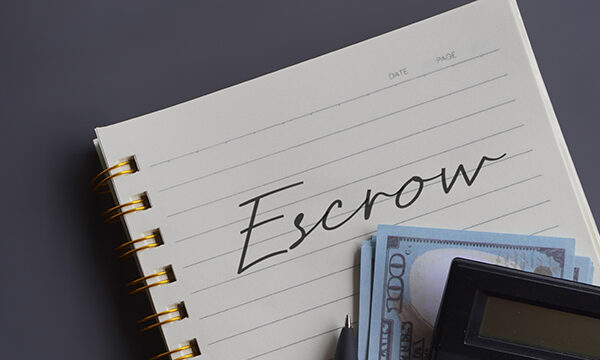One of the biggest hurdles for first time homebuyers is saving enough money for a down payment. In the past, lenders have required a down payment of 20 percent of a home’s sale price because if something went wrong and the lender had to go through the foreclosure process, this is about the cost the lender would incur. But saving $50,000 or even $100,000 in some markets is nearly impossible for many borrowers, even those with great jobs and excellent credit. Thankfully, there’s something called private mortgage insurance, or PMI. PMI is what it sounds like—insurance on a mortgage. But PMI doesn’t protect the borrower. It protects the lender in case the borrower can’t pay back the loan.
With PMI, borrowers can get a mortgage by making a down payment as low as 3 or 5 percent. PMI is paid for through a premium that’s added to your monthly mortgage payment, your loan amount or your closing costs. The size of that premium can differ based on how much money you borrow, your down payment, your credit score, and the length of the loan term. For example, if you want to buy a $300,000 home and have a down payment of $15,000, you may pay between $100 to $300 a month in PMI. The good news is that many borrowers may be able to deduct PMI premiums on their taxes. However, there are several rules and limitations for doing this, so it’s best to consult a tax advisor to find out if you’re eligible.
You don’t have to pay for PMI forever, though. If you have a conventional loan, your lender can cancel your PMI once you have accumulated more than 20 percent equity in your home. That happens by paying down your mortgage over time, but it can also happen through your home’s appreciation (when your home increases in market value over time).
As long as you stay current on your mortgage payments, your lender is required to terminate your PMI once your reach 78 percent loan-to-value (LTV) ratio on your home. That is, your loan is for 78 percent or less than the current value of your home. However, you can also make a written request to your lender to cancel your PMI before your loan is paid down to 78% if you feel like your home has appreciated in value enough to have at least 20% equity. If you choose this route, your lender may require you to pay for a formal appraisal of your home to confirm its value. If the value of your home supports it, and you have no liens on your property, you should be able to have PMI removed.
Another way to get rid of Private Mortgage Insurance or PMI is to refinance your loan. But if you choose to refinance, you’ll have to pay closing costs on your new mortgage. This could end up being more expensive than just paying premiums until your PMI drops off automatically or you’re able to cancel it.
Mortgage Insurance works a little differently for loans that are backed by a Federal Agency like the Federal Housing Administration (FHA), Veteran’s Administration, or United States Department of Agriculture. These loans have different ways of providing Mortgage Insurance in the form of Guarantee Fees, Annual Fees or Up Front and Monthly Mortgage Insurance Premiums. These loans also may not be eligible to have the premium removed once you reach 20% equity in your home. They may require you to refinance your loan to have the premium removed.
To learn more about PMI or how to get rid of it, give one of our mortgage lenders a call at Right By You Mortgage. They’ll be happy to provide the answers you need. Please reach out to us at 1-877-552-2242 or inquiries@rightbyyoumortgage.com.









